You may have seen or heard of supersets, but are a little unclear on what they are because of the many definitions in the fitness community. Or you’ve never heard of supersets, but you’re interested in trying something new and spicing up your workout. A superset is not only a fun way to mix up your weight routine, but it also has strength training and time saving benefits.
A superset is performing two exercises back-to-back with little to no rest in between. Anyone can add these into their program, but it’s common for lifters to use supersets to build muscle.
Any type of lifter can use supersets in their workouts. Bodybuilders may use supersets to increase their total time under tension for hypertrophy gains. Recreational lifters may use supersets to decrease their workout time. No matter who you are, supersets can be beneficial to you.
Traditional lifting includes sets of exercises, each with a break of rest in between sets. Supersets are simply combining two sets of exercise into one set (a super set!) which saves you time by reducing resting periods. This helps burn calories more efficiently on your busy days.
Another benefit of supersets is increasing muscle endurance and work capacity. With little or no rest in between each movement, you increase the intensity and perform more work in a shorter amount of time. This type of intensity also challenges muscle fibers to build more muscle mass.
One study from The European Journal Of Applied Physiology concluded that adding supersets to your workout increases efficiency without compromising the integrity of the exercise.
Here are three types of supersets to consider in your next workout routine:
- Antagonistic Superset
The most common type of superset pairs two exercises that work opposing muscle groups. This allows one muscle to rest while you work the other. An example of an antagonistic superset is doing bicep curls and then tricep kickbacks.
Another common way to program this type of superset is with push and pull movements for the upper body. A push/pull example of a superset is a chest press paired with a bent over row.
Similarly, another great superset opportunity includes hip and knee dominant exercise for a lower body superset. An example of this type of superset is pairing a deadlift with a squat or a hamstring curl paired with a leg extension.
- Lower/Upper Body Superset
This superset pairs a lower body exercise with an upper body exercise. This type of superset is beneficial when considering your space and available equipment. For example, if you are performing chest flies on a bench, you can easily transition into squats beside your bench.
- Agonistic Superset (aka compound set)
Pair two exercises together that work the same muscle group for this type of superset. This is a great way to overload your muscles without lifting heavy weights. An example of an agonistic superset is lateral raises paired with shoulder press.
Another way to use this superset is pairing one primary exercise with an assisting exercise, like a dumbbell row and a pull-up or a bench press and a pushup. The first exercise increases strength, while the second exercise enhances joint stabilization.
If you plan to add supersets to your strength training program, don’t try to max out the weight during each exercise. This could be dangerous if your muscles are fatigued and you compromise your form. Focus on selecting a challenging weight for 8 – 12 reps.
Supersets are beneficial in your strength training program for efficiently building muscle. They add a new, fun challenge to a stale weight lifting workout.
Endless combinations, variations and considerations of supersets exist. To get the most out of supersets in a strength training program, reach out to one of our trainers at Evolve Fitness.
Sophie Podhaisky, Certified Group Fitness Instructor
Follow Sophie on Instagram!

